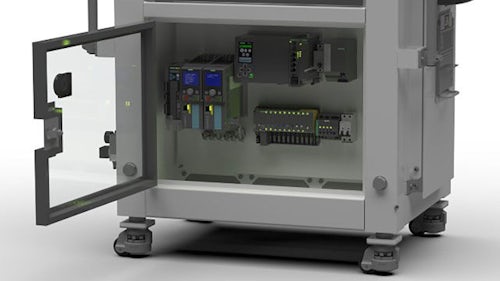How NX is advancing Generative Design Technology
This comprehensive ebook from CIMdata outlines how computer software like NX helps engineers create and optimize 3D models.
The best generative design software embraces technologies like structural topology optimization, convergent modeling, and 3D printing capabilities.
Read the ebook to learn more about generative design and how it works, discover new design methods, and see some examples of how it’s all accomplished.
How Generative Design Technology Works
Generative design is defined as a process or set of tools wherein the shape and composition of a product are determined using physics-based simulation and other analysis methods that consider performance requirements.
A design engineer begins with design requirements, and then an algorithmic process evaluates and changes the product model for the next analysis iteration.
Generative design technology routinely results in designs that appear more organic because they’re more likely to mimic nature.
These same designs typically can’t be derived through more traditional design methods nor can they be manufactured using subtractive manufacturing methods.
However, embracing this approach delivers product differentiation, expert results regardless of engineering experience, optimized product costs, and improved reliability.
Generative Design Includes the Best Topology Optimization Software
The best generative design software includes structural topology optimization, shape optimization, and manufacturing optimization.
Structural topology optimization optimizes the material layout within given design spaces for a given set of functional requirements and constraints.
This reduces the amount of material required to meet product requirements and reduces material waste and cost.
Combining topology optimization and additive manufacturing gives manufacturers the capability to produce complex shapes that were previously impossible, and it accelerates the production of finished parts.
Convergent Modeling Technology and Generative Design Software in Industrial Machinery
Most of today’s CAD solutions only accept precise geometry and are incapable of modifying the faceted model geometry from generative design.
Convergent modeling is the solution.
The best generative design software uses convergent modeling technology to support a mix of precise geometry and faceted geometry, empowering engineers to use a combination of traditional and generative design methods.
These new design methods can be especially helpful for industrial machinery organizations trying to make machines lighter and more energy-efficient.
Currently, most implementations are being used for prototype studies or one-off parts, but the future is sure to see more widespread use.
